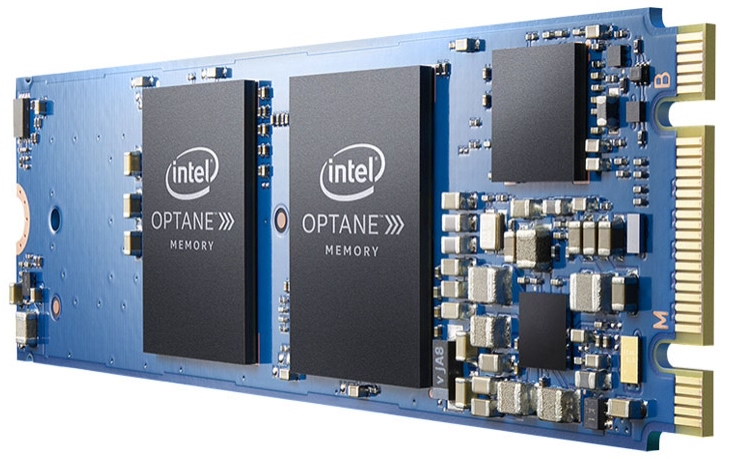Intel Optane DC P4800X: A Glimpse into the Future of Storage
The internet has recently witnessed a leak of Intel Optane DC P4800X specifications, offering a peek into the future of storage technology. This innovation, jointly developed by Intel and Micron, is set to bring even greater performance and unrivaled durability to storage media, thanks to the groundbreaking memory technology known as 3D XPoint.
The New Architecture of Intel Optane DC P4800X Memory Chips
3D XPoint technology was initially unveiled in 2015 through the collaboration of Intel and Micron. Unlike traditional NAND technology used in storage, which compromises between read and write speeds and RAM capacities, 3D XPoint enables the same amount of memory to be stored in less space while reducing microsecond access times to nanoseconds.
Intel’s Optane drives are designed to integrate storage and RAM into a single device, initially targeting professionals and eventually expanding to consumer models. The leaked specifications for DC P4800X, designed for data centers, mark the inception of corporate Optane drives.
Intel Optane DC P4800X: Impressive Speed and Durability
The 375 GB hard disk takes the form of a low-profile HHHL expansion card, fitting into a PCI-Express 3.0 x4 port and utilizing the NVMe 1.0 protocol. Its performance is remarkable, boasting write and read speeds of approximately 2000 and 2400 MB/s, which positions it firmly within the high-end segment when compared to the top Samsung 960 Pro.
A standout feature of Intel’s offering is its input/output capabilities, reaching an impressive 500,000 and 550,000 IOPS (compared to 330,000 in the 960 Pro). Notably, it excels in terms of MTBF (mean time between failure) with 1 million hours, and its 30-fold DWPD (combined daily record) and up to 12 PB TBW (total disk write) are genuinely noteworthy.
The durability of Intel’s new drive surpasses existing structures by up to 20 times (MLC), though it comes with a notable increase in power consumption, drawing up to 18 W of energy.
While Intel remains tight-lipped, refraining from official comments about the impending release, the pricing is expected to be as prohibitive as the initial devices with SLC NAND. However, it’s worth noting that the release date is tentatively set for the second half of this year.
For further details on the leaked specifications, you can refer to this source.
